When Gillian Easson co-founded Creative Dundee as a blog during the global recession of 2008, the aim was to better connect creative freelancers and businesses, while giving much-needed visibility to events and creative people in the city.
Fifteen years on, and the organisation’s executive director is proud that the hub continues to play a significant role in Dundee’s creative and cultural identity.
By amplifying and harnessing creativity as a “catalyst for collective good”, the social enterprise has so far ensured the investment of £1,000,000 into Dundee projects and creative practitioners.
What has Creative Dundee achieved during its first 15 years?
In an interview to mark the 15th anniversary of Creative Dundee’s formation, Gillian laughs that she “never dreamt” they’d reach the 15-year milestone.
However, she’s delighted they continue supporting and promoting the city’s creative and cultural sectors while serving as a hub for connecting individuals and businesses within the creative community.
“We’ve very much grown with Dundee and its vibrant creative community, by rooting, listening and acting on what we hear, see and feel to support and better equip people and our place,” she said.
“Now as a small yet ambitious social enterprise of six brilliant staff and a voluntary board, we’re super connected to partners at home and internationally.
“Creative Dundee’s work is locally significant and globally relevant, further demonstrating that investment in culture creates wide and wise value, generating multiple benefits for many.”
What inspired Gillian Easson to establish Creative Dundee in 2008?
The roots of Creative Dundee’s foundation can be traced back to Gillian’s own journey from growing up in Dundee, to leaving the city, then returning.
Originally from Stobswell, Gillian studied at Morgan Academy before doing an extra year at Dundee College.
After studying 3D design at Gray’s School of Art in Aberdeen, she returned to Dundee after graduation in 1999 – the same year that the DCA opened in her home city.
For a number of years she didn’t work in the arts sector at all.
Although she was living in Dundee, she was working all over Scotland and didn’t feel “connected” to the city, or feel that it had many creative opportunities.
However, as time went on, she and her partner Lyall Bruce decided that if they wanted Dundee to be “different”, then they should get “stuck in” and help do something about it.
“I think for me as somebody who didn’t imagine they were going to stay in Dundee, I basically came back from art school and was like ‘I can’t stay here, there’s nothing here’,” she said.
“But I think over the few years that followed, the opening of the DCA in 1999 created loads of optimism and hope.
“It was something that people like me – normal Dundee folk – could feel like they could be part of.
“That for me was really impactful.
“By the time we got to 2008, we felt Dundee needed something to amplify what was happening in the arts sector.
“The degree shows were like the one thing that happened annually.
“But that was kind of it.
“What a difference the last 15 years have made!”
What projects has Creative Dundee been involved with over 15 years?
Projects which Creative Dundee has led on behalf of the city since 2008 include: We Dundee, the crowdsourcing platform; the 99 Things To See and Do in Dundee Guide; Fair Growing Green at Fairmuir Park; and being part of the core UNESCO City of Design Dundee bid team who secured the designation for the city in 2014.
During its first five years, 10 contributors updated the Creative Dundee blog with news and activities.
Johanna Basford, the internationally renowned illustrator who studied in Dundee, was Creative Dundee’s first regular contributor.
Johanna spoke at the 30th Dundee PechaKucha Night at Dundee Rep on November 9, a decade after her first appearance as she was growing her own business.
As a small and independent team, Creative Dundee has grown despite challenging economic and social times.
Their projects continue to offer opportunities, visibility and connection to ensure creativity and collaboration.
Working collaboratively, Creative Dundee aims to create spaces to build collective voice and power, strengthening Dundee’s creative community to help them “imagine, act and create a more sustainable, optimistic tomorrow that benefits people and our place”.
Creative Dundee’s current work includes running an active digital platform, highlighting the work of individuals and grass-root organisations to ensure they are seen and heard.
It runs the Amps supporters network who actively support creativity in Dundee, as well as Cultivate which places artists and designers at the heart of climate justice, developing action with communities across the Tay region.
Two new projects have recently been announced.
Hapworks aims to develop a network of creative spaces across the city, addressing the challenge that a lack of space is limiting the growth of Dundee’s creative sector.
Then there’s Dundee’s Changemakers Hub, designed by a collective of five organisations, Transition Dundee, The Maxwell Centre, Scrap Antics, Uppertunity and Creative Dundee.
The organisations have come together to ensure that Dundee’s communities are leading the charge for change on climate related issues.
How many freelancers and businesses has Creative Dundee commissioned?
To date Creative Dundee has commissioned 446 local freelancers and businesses, creating multiple social and economic benefits for the creative community, local residents, visitors and partners.
Creative Dundee has worked on 1,260 local, national and international partnerships, including community and cultural partners, Dundee City Council and Creative Scotland, through to partnerships in Europe, Japan, Malaysia, Mexico, Philippines, Romania and Ukraine.
More than 20,000 people have engaged with the organisation’s events, programmes and activities.
Creative Dundee’s work and wider impact have been noted within UK research by the Creative Industries Policy and Evidence Centre; Creative Industries Sector Vision 2023; Scottish Parliament and the UK’s Climate Change Committee.
What impact is the financial climate having on creative industries?
Gillian acknowledges that following the impact of Covid-19 and now the ‘cost-of-living crisis’, these are “really tough” times for the creative industries and she thinks it might yet get “even tougher”.
However, creative industries shouldn’t be the first to suffer in times of financial strain, she said, because the benefits of investment extend far and wide.
“Between humanitarian crises, deprivation crises, the ongoing Covid saga, it’s just getting really hard,” she said.
“But I think investing in creativity is a really wise choice because it creates wide value.
“There’s a lot of chat at the moment about things like community wealth building.
“I think that investment in arts and culture really creates that social impact. It can really help address inequalities, and it also adds to economic impact.
“The creative industries and arts and culture budgets are really small in comparison in Scotland terms.
“But they create a lot of impact.”
How successful have 30 PechaKucha Nights been?
Gillian said all the arts and culture organisations – not just Creative Dundee – are working really hard and doing “great work” at building partnerships “way beyond any kind of clique bubble”.
Working together to maximise impact for Dundee has been evident at the PechaKucha Nights, hosted by Creative Dundee since 2011, with 30 events held since.
PechaKucha is a presentation format that originated in Tokyo, Japan, in 2003.
The term “PechaKucha” comes from the Japanese words for “chit-chat” or “conversation.”
PechaKucha Night events feature a series of short presentations, where each speaker shows 20 slides, each for 20 seconds.
The total presentation time is limited to six minutes and 40 seconds.
This format encourages concise and focused presentations, making it a dynamic and fast-paced way for people to share their ideas, projects, or stories.
PechaKucha Nights are now held in over 1,300 cities around the world, providing a platform for individuals from various fields to showcase their work and connect with their communities.
At Dundee Rep on November 9, more than 450 people heard from 11 speakers at the latest PechaKucha Night Dundee.
As well as Johanna Basford, other speakers included Chris Kelly of Tayside Healthcare Arts Trust, Hannah Hegarty of Hot Chocolate Trust’s young people community, Tom Bird, a Dundee based spoken-word poet, writer and artist, and Sahdia Khurshid, a design enthusiast who has lived in Copenhagen, Pakistan and now lives in Dundee.
“When we hosted the first PechaKucha Night in 2011,” said Gillian, “I remember somebody saying ‘are you sure you are going to have enough people to keep filling these nights?’
“At that time I was like ‘yeah it’ll be fine’.
“Well, it has been. It’s been brilliant, 357 speakers later.
“People still turn out just to see regular folk doing their thing.
“We often don’t know what they are going to be speaking about until the night.
“And the format is dead easy and simple.
“What I love most about PechaKucha is the breadth of the audience.
“Not just their backgrounds, but age as well.
“And they are just so passionate. Everybody is just rooting for each other, and I think that’s what we need in life at the moment.
“We are all holding such conflicted emotions. Optimism, rage, sorrow, hope.
“I think PechaKucha offers a really valuable place for that sort of shared togetherness – an opportunity to be together and share that, democratically as well.”
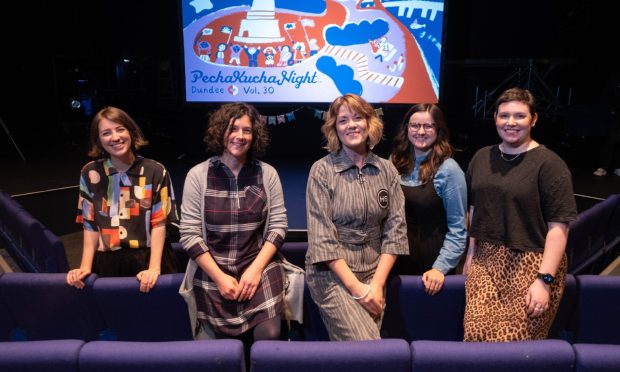
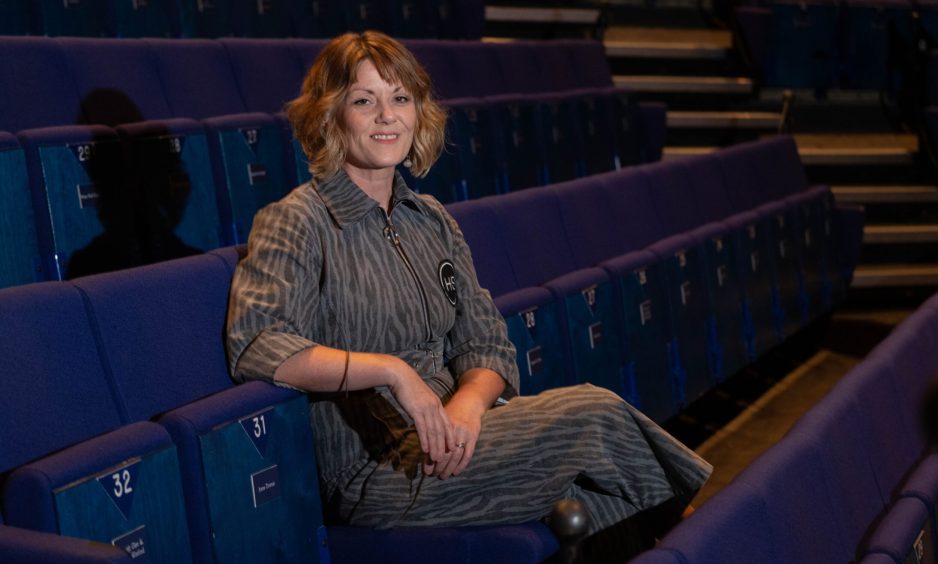
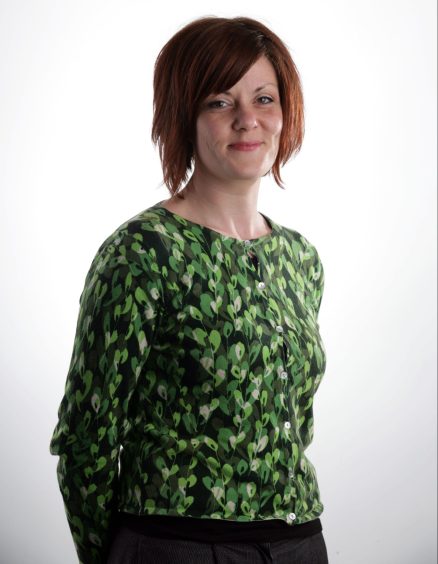
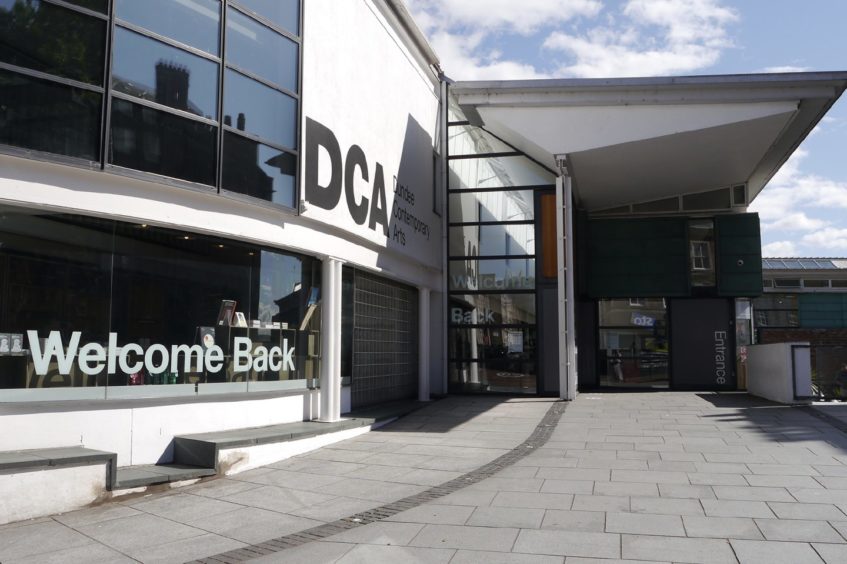
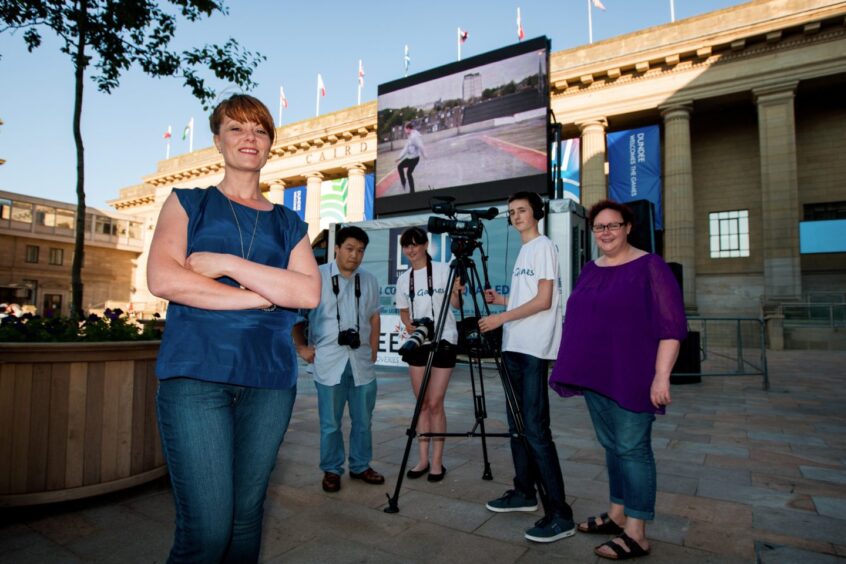
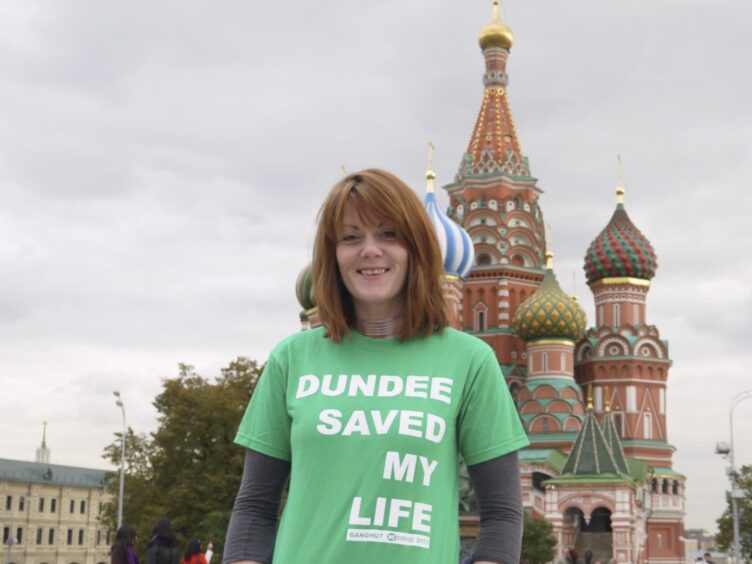
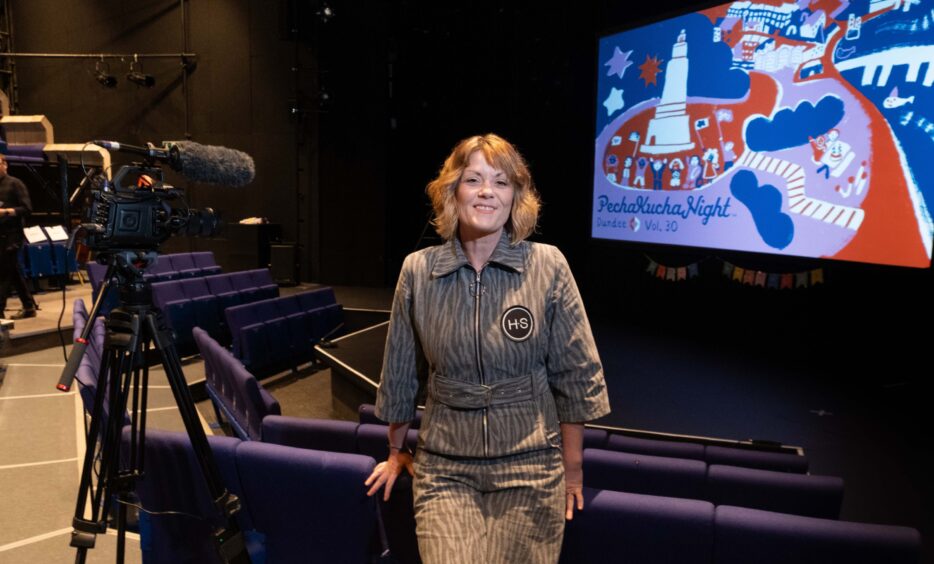
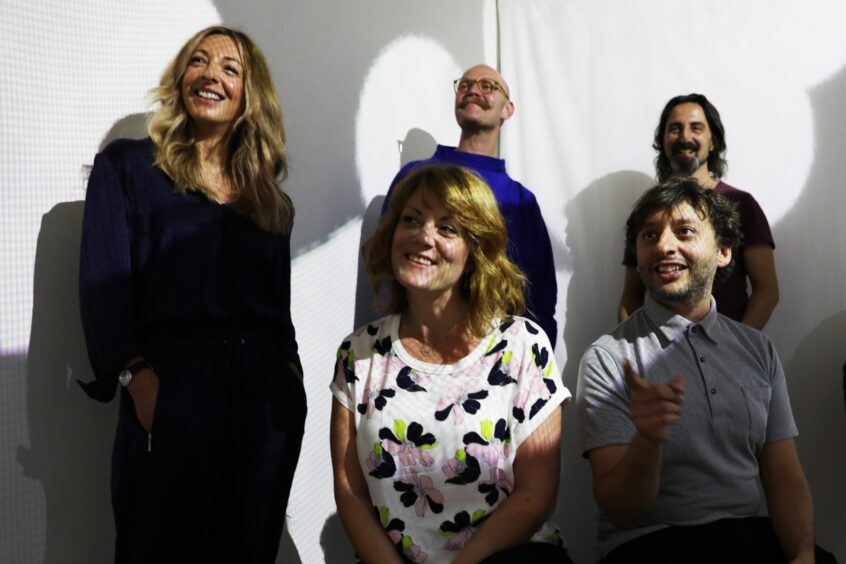
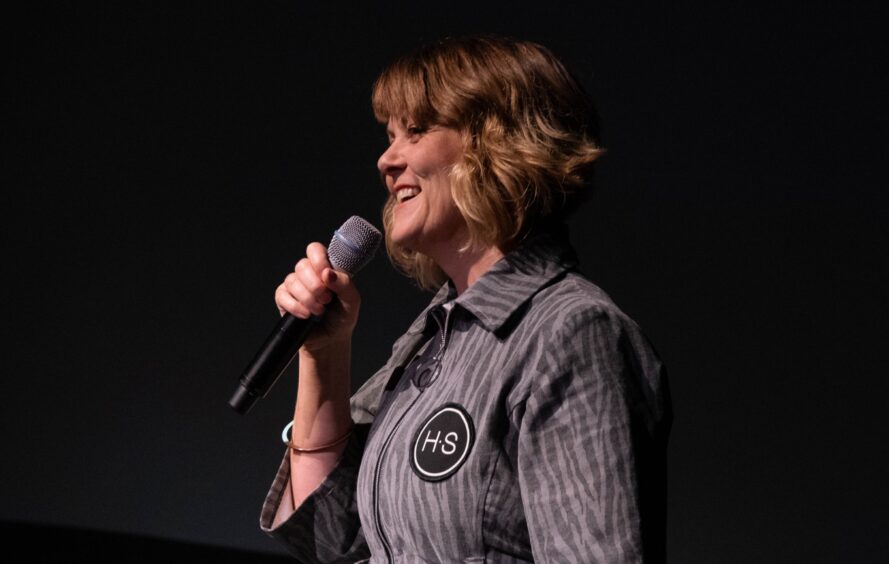
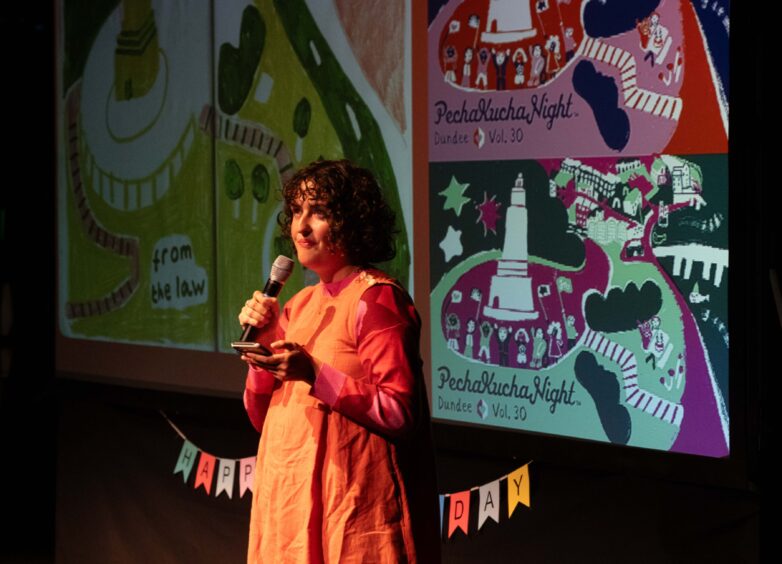
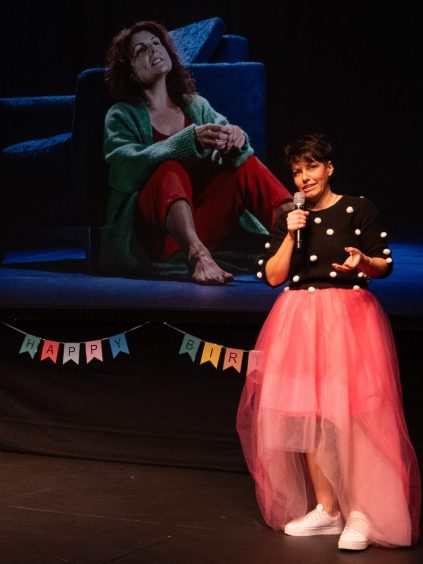
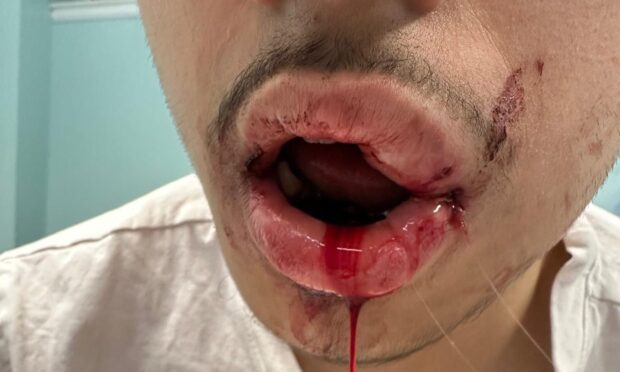
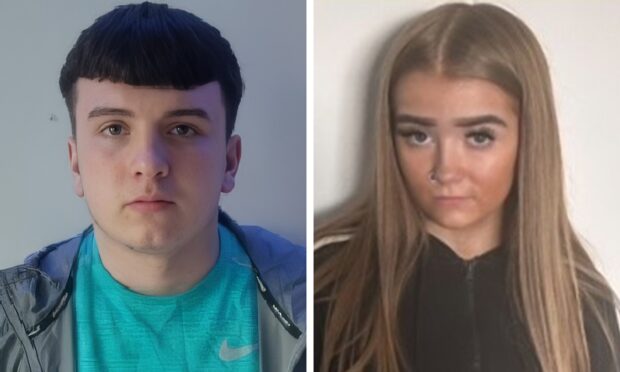

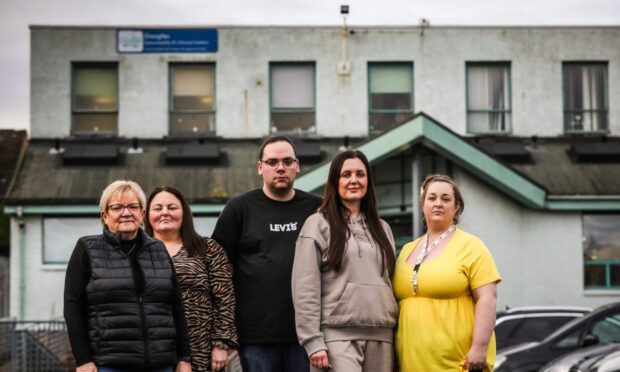
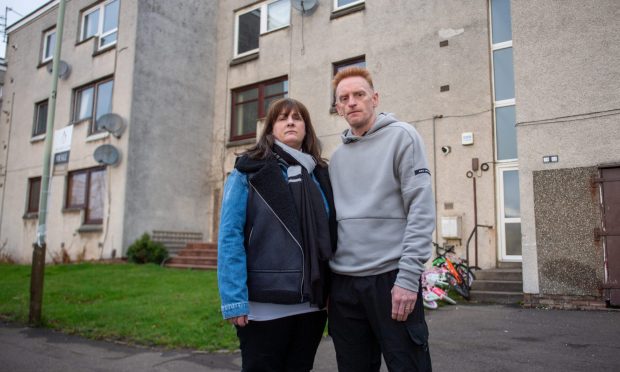
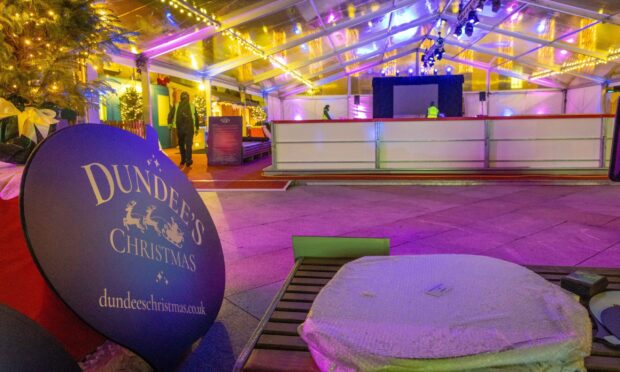
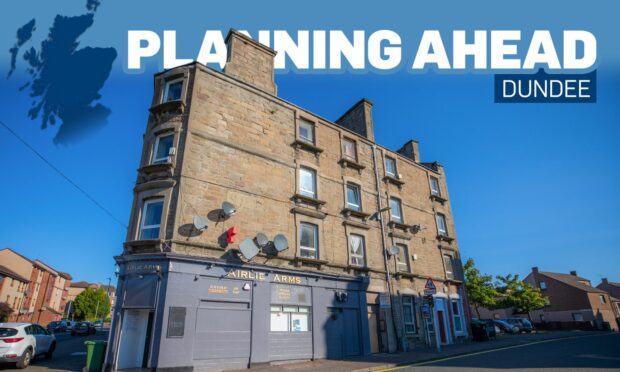
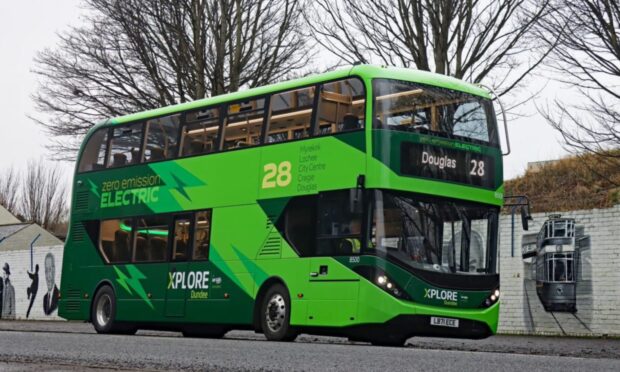
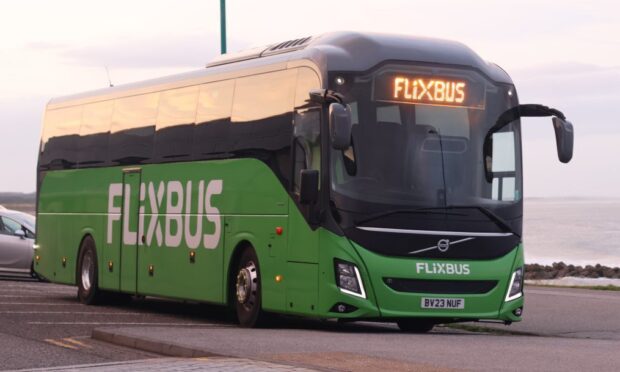
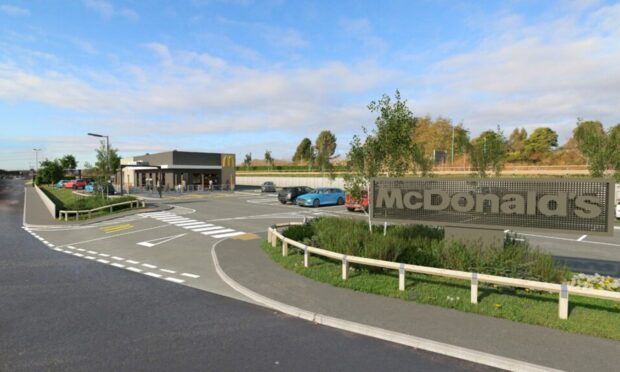
Conversation